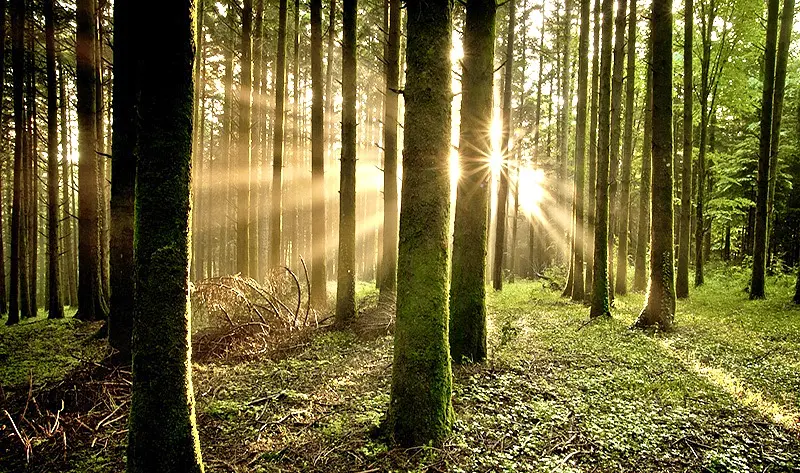SHARRYLAND






The Archifòro Woods
To say forest is an understatement... An old-growth forest of beech and white spruce dotted with spectacular granite outcroppings



Where

A forest environment of primeval beauty
The Archifòro forest is located southeast of Serra San Bruno on the mountain ridge of the Pietra del Caricatore (m 1414), the second peak of the Serre Calabresi, on the border between the provinces of Vibo Valentia and Reggio Calabria. The climate is characterized by cold, snowy winters and sunny but cool summers. Rainfall is high, well above the regional average, and this has considerable influence on the flora. It is the beech that characterizes the tree cover, even at lower than average altitudes, while thesilver fir, which first shares the habitat, then monopolizes it, forming in purity the so-called 'fir forests.'
The exceptional nature of the Serre silver fir.
Bosco Archifòro gives a good idea of what the primeval forests of the Serre must have been like . A forest habitat, of relevant interest precisely because of the presence of the tallest and longest-lived silver fir (Abies alba) plants in Europe, hence its inclusion in the "National Book of Seed Woods." Indeed, the Silver Fir of the Greenhouses has proven to scientists that it has genetic qualities that provide greater stability and resistance to environmental adversity than trees of the same species rooted in other geographical areas. And that is precisely why it is the Greenhouses that provide the seed used in various countries in reforestations of the most majestic of European conifers.
When granite takes monumental forms
One of the attractions of the Archifòro forest is the spectacular outcrops of granite, the rock that is the prevailing geological feature of the Calabrian Serre. In fact, interrupting its green expanse are some of the most unique granite formations of the ridge-the Lord's Stone, the Ammienzu Stone, the Moor's Stone-with all the contour of legends and superstitions that accompany the bewilderment in the face of such natural manifestations. Also frequent are signs ofmining, which for centuries was a primary economic resource of Serra San Bruno. Granite blocks were dragged by oxen to the village where they were then destined as much for construction as for carving workshops.
Enter the Map of Italy's Undiscovered Wonders and find treasures where you least expect it... Inspire, Recommend, Share...
The Map thanks:
PSC 2014-2020 del Ministero del turismo - Avviso “Montagna Italia” - Progetto le Montagne del sole - Codice CUP J38J22000450008


